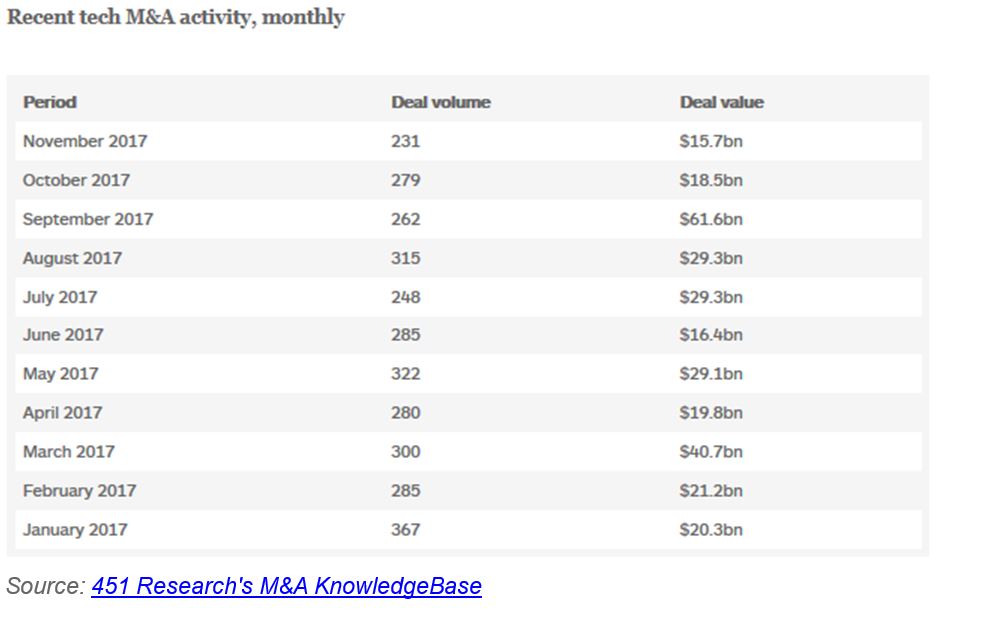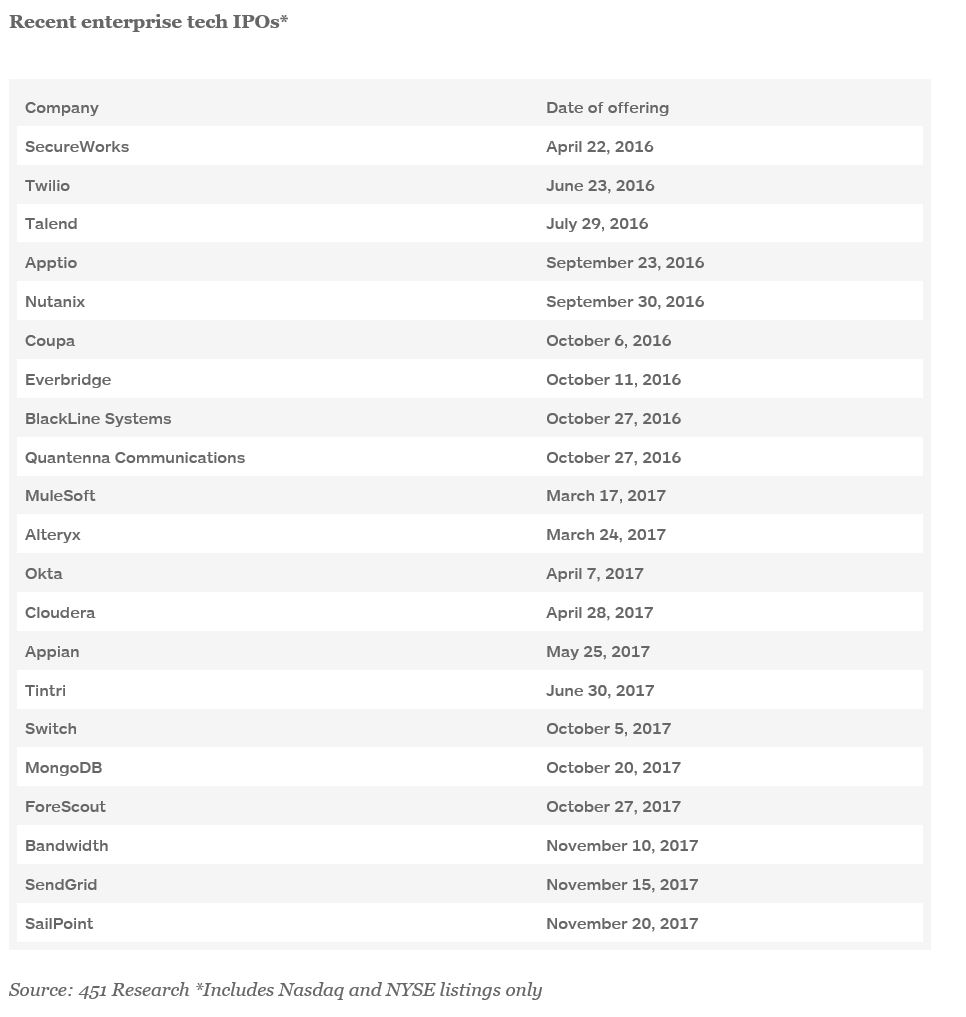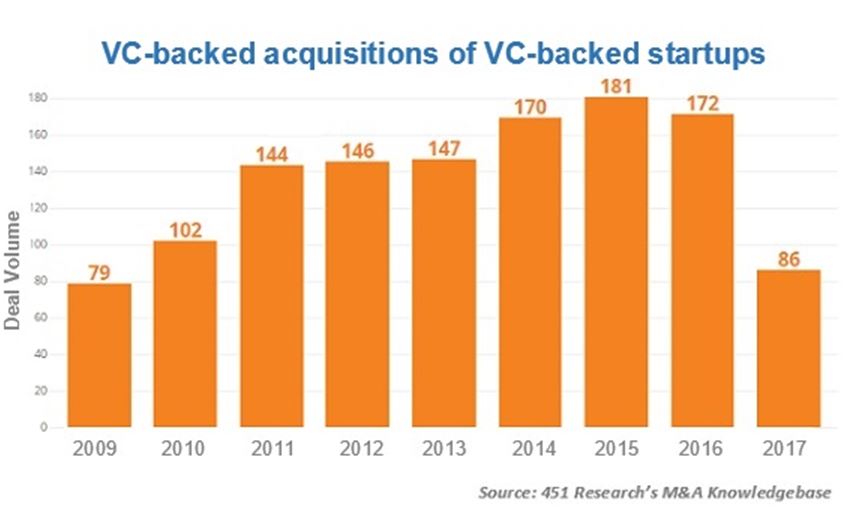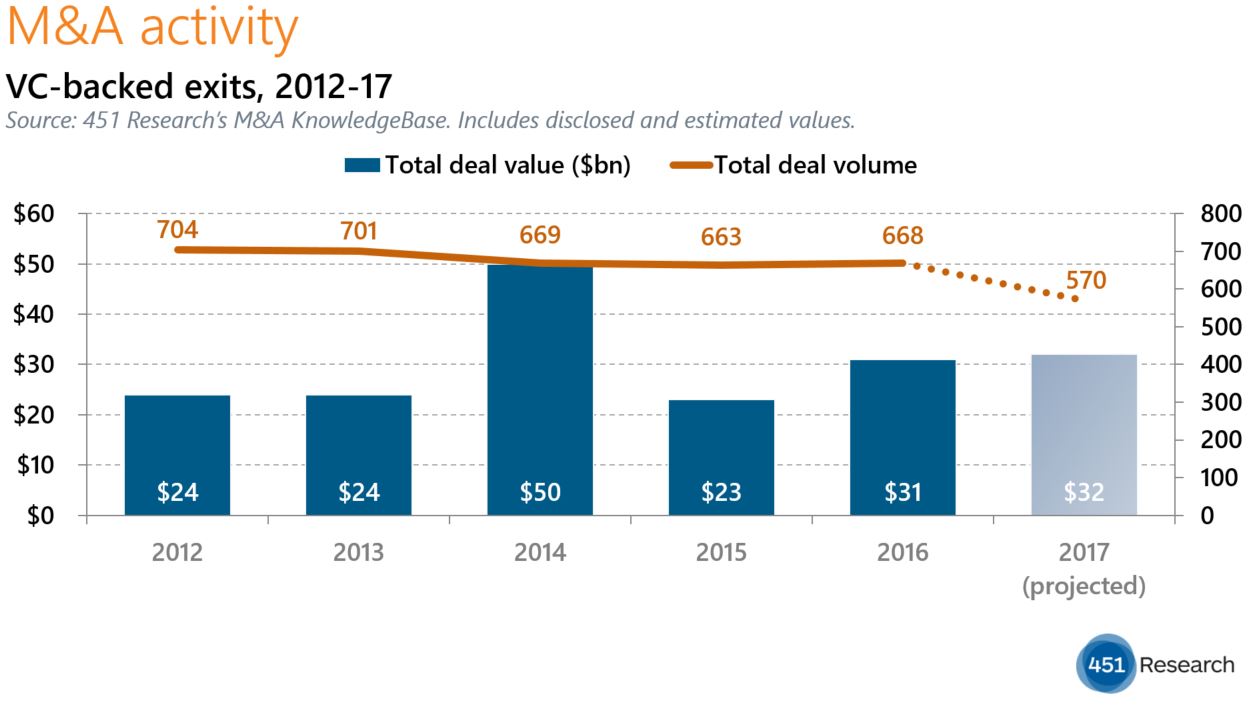Contact: Brenon Daly
Looking to put its mountainous cash holdings to work, private equity (PE) has become a velocity play. Deal-hungry financial acquirers have scaled back the size of the checks they write, but have compensated for that by writing a lot more checks.
This year, for instance, buyout shops have put up twice as many $1bn+ tech transactions as they did during the pre-credit crisis peak, but only half as many big ones. As PE firms lower their sights, their current overall M&A spending is coming up well short of the amount they threw around in the previous generation.
To understand this shift in price preference, it’s useful to compare PE dealmaking at the top end of the market in 2017, which will see an overall record number of sponsor-backed transactions, with the previous high-water year for PE spending in 2007. This year, 451 Research’s M&A KnowledgeBase has recorded 24 acquisitions by PE firms valued at $1bn or more, with total spending on those deals of $69bn. In contrast, 2007 saw fewer than half that number of billion-dollar transactions (11 vs. 24), but spending on those big-ticket deals was one-quarter higher ($85bn vs. $69bn).
A decade ago, buyout shops were looking to bag elephants. The prices of the two largest transactions in 2007 were both a full $10bn higher than this year’s biggest PE print, according to the M&A KnowledgeBase. (And for the record, this year’s sole buyout blockbuster – the late-September PE-led $17.9bn purchase of Toshiba’s flash memory business – looks more like the consortium deals we saw last decade than the PE transactions we’ve seen recently.)
For the most part, however, those blockbuster deals from last decade, with their 11-digit price tags, haven’t delivered the hoped-for returns. PE firms are now hoping that by going small, they can get a bigger bang.






